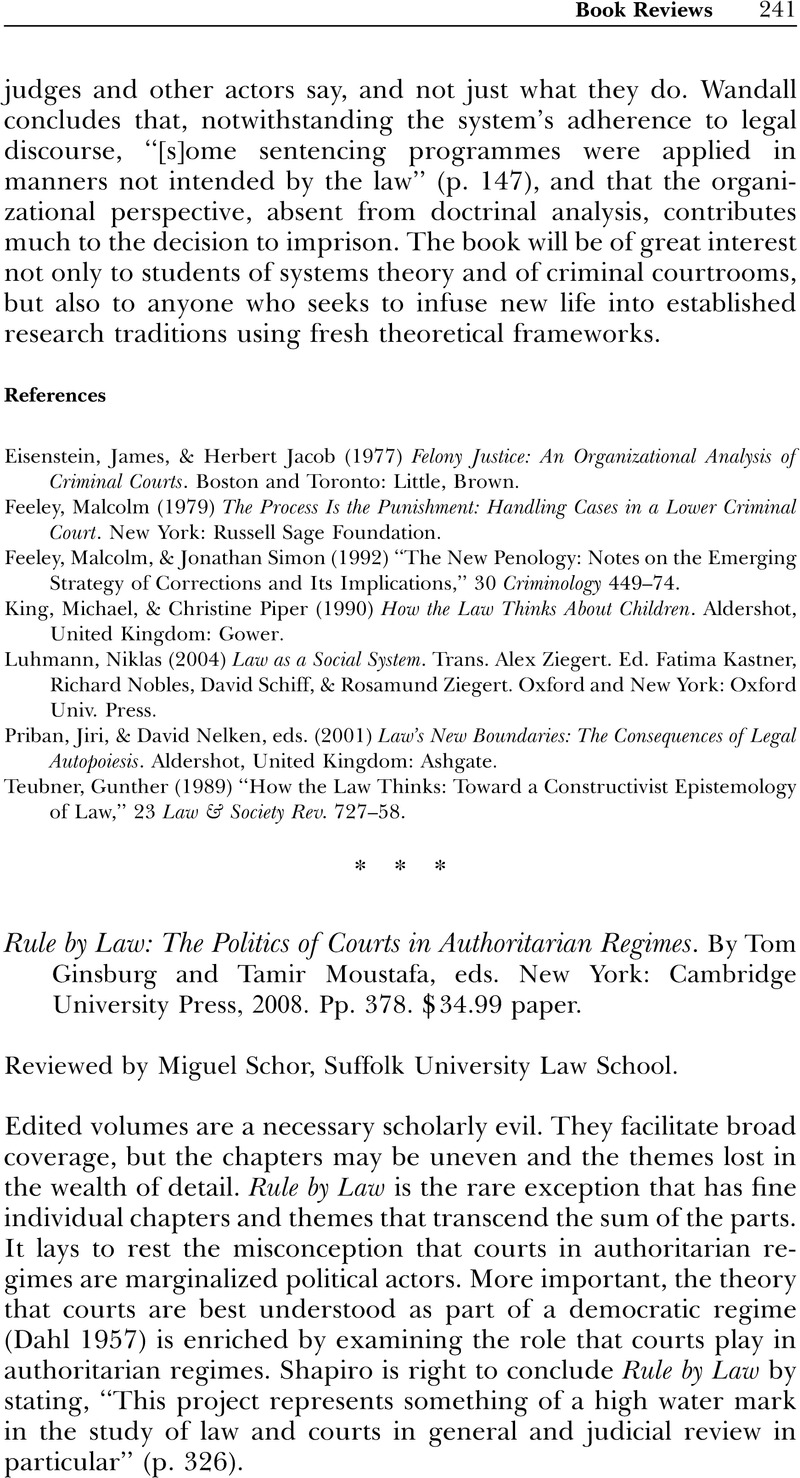Crossref Citations
This article has been cited by the following publications. This list is generated based on data provided by Crossref.
Stroh, Alexander
2016.
The Consequences of Appointment Policies for Court Legitimacy in Benin: A Network Analysis Approach.
SSRN Electronic Journal,
Iskandar, Pranoto
2017.
Indigenizing Constitutionalism: A Critical Reading of 'Asian Constitutionalism'.
SSRN Electronic Journal,



